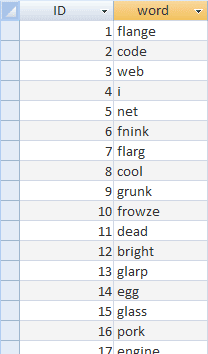I have had enough of Web 2.0. Listen up. ITS NOTHING NEW! When will they learn? I agree that the web has entered a new phase, with users expecting feedback and richer interactivity rather than the passive experience that used to be the norm "back in the day". However, Web 2.0 is not a design technique, or a technology per se. It's more about the web becoming a more useful, and accesible tool. To see what I mean, just have a look at the amount of APIs out there, allowing developers to build new more powerful web applications.
I'm not the only one who feels this way (if anything I'm late joining the fray), and to prove it, here's my top 10 Web 2.0 Rants (it's worth noting the age of some of these posts too!)
I'm not the only one who feels this way (if anything I'm late joining the fray), and to prove it, here's my top 10 Web 2.0 Rants (it's worth noting the age of some of these posts too!)
- I Hate Web 2.0
- Web 2.0: Is it just hype?
- Web 2.0 != a check
- Application Insight: Why I Hate Web 2.0
- 10 Things I hate about Web 2.0
- Valentines Day Massacre
- You Are Not a Web Designer
- Web 3.0 at Binary Bonsai
- There is no Web 3.0, There is no Web 2.0 - There is Just The Web
- Does Web 2.0 Still Look Good? Did it ever?
Powered by ScribeFire.
